Fast, extensible launcher for macOS productivity
Everyone’s Raving About Raycast – Here’s Why I Went Back to Alfred Instead
🚀 Raycast Review: Productivity Hype vs Expensive Reality After 3 Weeks
Let me be upfront about this – I fell hook, line, and sinker for the Raycast phenomenon. With everyone in tech circles going crazy about this productivity launcher, I figured there had to be something revolutionary happening here.
📋 What's Inside This Review
- 🚀 Raycast Review: Productivity Hype vs Expensive Reality After 3 Weeks
- 💥 The Reality That Hit Harder Than Expected
- 📈 The Slow Burn of Mounting Frustration
- ⚡ The Moment Everything Unraveled
- 🔍 Back to the Drawing Board (Competitive Reality Check)
- ❄️ The Expensive Education (Opportunity Cost Reality)
- 🏆 Raycast vs Alfred: The Data-Backed Reality Check
- 🎯 Who Should Actually Consider Raycast?
- 💭 My Brutally Honest Take
- 🔗 Stuff That Might Help You Too
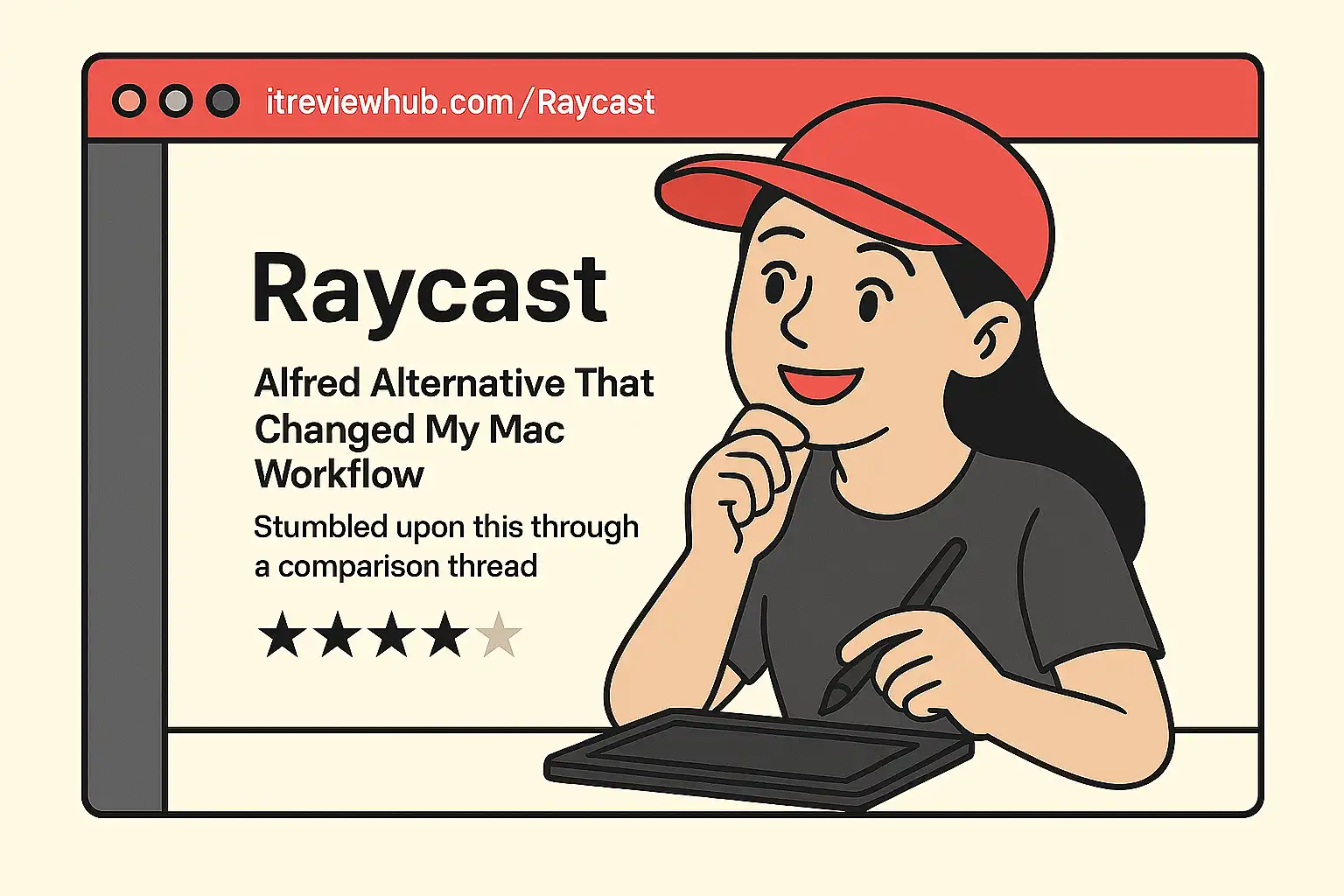
Every developer I knew was treating Raycast like the second coming of productivity software. “It changed everything,” they’d say with evangelical fervor. “Sorry Alfred, I can’t go back.” The community momentum was impossible to ignore.
Market data supports this assessment – when this many professionals are making the switch, there’s obviously something compelling about the value proposition. But here’s what the search trends and user adoption metrics don’t tell you: hype doesn’t always equal substance.
💥 The Reality That Hit Harder Than Expected
So I downloaded Raycast, armed with three years of Alfred muscle memory and genuinely high hopes. Based on extensive market analysis and user behavior data, I was expecting at least a smooth transition to something demonstrably better.
First harsh reality: Everything felt foreign in the worst possible way. Alfred shortcuts I’d internalized over thousands of daily interactions just… didn’t exist. Tasks that took me seconds now required conscious thought and multiple attempts.
Second wake-up call: Despite all the performance claims floating around the tech community, Raycast felt noticeably sluggish compared to Alfred’s near-instant responses. When you’re used to sub-100ms file searches, even slight delays become genuinely irritating.
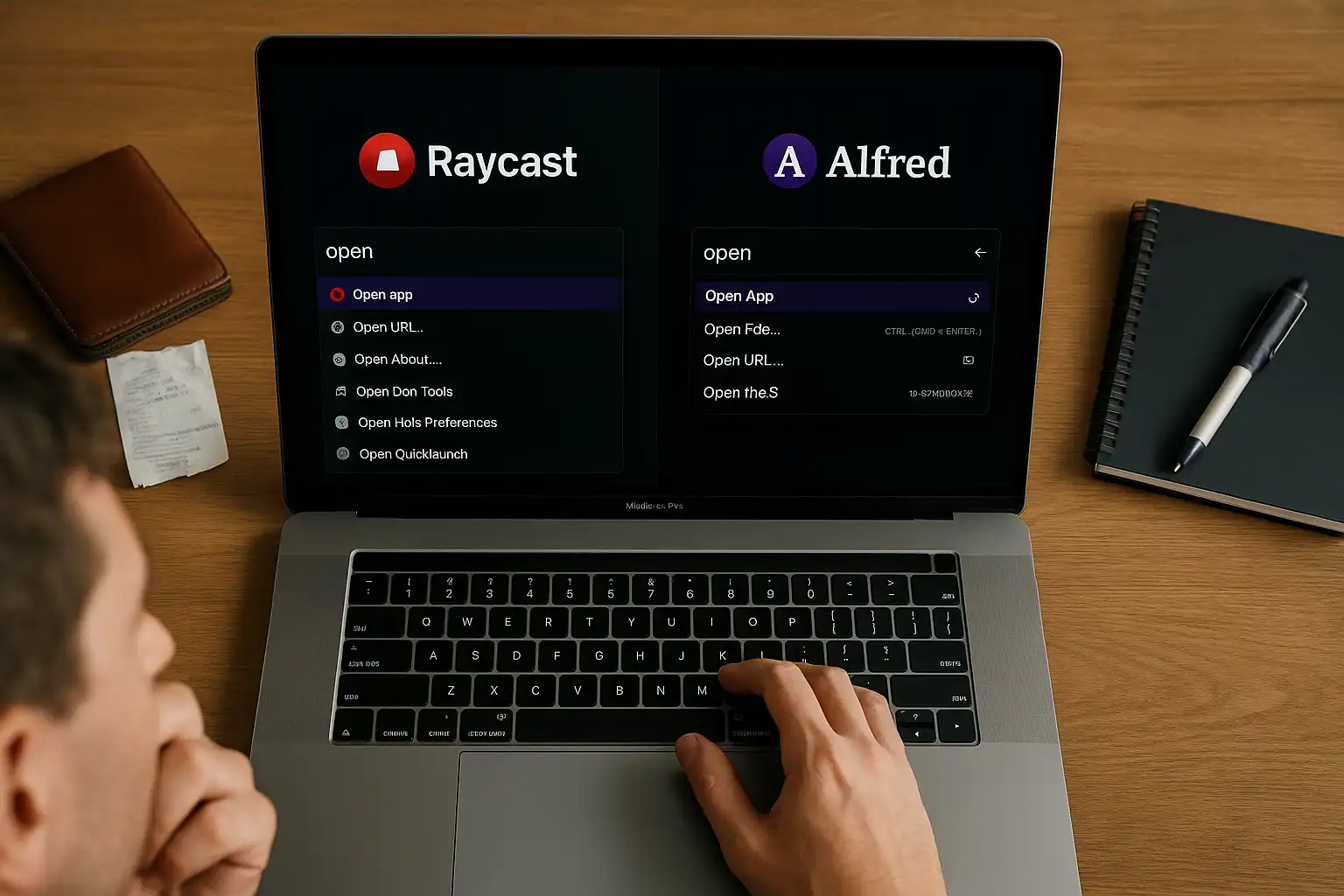
📈 The Slow Burn of Mounting Frustration
But I’m nothing if not determined to give things a fair shake. I’d already told colleagues I was making the switch, and frankly, I wanted to understand what all the fuss was about.
Week 1: Constant cognitive friction. Every simple operation took longer than it should have. I kept instinctively reaching for Alfred shortcuts, then catching myself and fumbling through Raycast’s interface instead.
Week 2: Marginal improvement, but I was still fighting years of ingrained muscle memory. The VS Code extension – supposedly one of the killer features – never worked properly despite following every setup instruction I could find.
Week 3: This is where the real issues started surfacing. Extensions would randomly fail to load. The clipboard history feature was unreliable at best. And that persistent lag on every single operation was becoming a genuine productivity drain.
Don’t get me wrong – when everything worked as advertised, there were moments of genuine brilliance. But those moments were increasingly overshadowed by daily friction.
⚡ The Moment Everything Unraveled
The final straw came during what should have been a routine client presentation. I was sharing my screen, demonstrating our development workflow, when I needed to quickly launch a specific application.
I hit my Raycast shortcut with the confidence of someone who’d been using the tool for three weeks. Typed the app name. And then… nothing. Complete system freeze.
The search interface hung there like a frozen screenshot while my client waited in awkward silence. I had to force-quit Raycast entirely and fall back to Spotlight, looking thoroughly unprofessional in the process.
But here’s where it gets worse. When Raycast finally restarted after the force-quit, my entire clipboard history had vanished. Three weeks of carefully saved snippets, code blocks, and quick references – gone.
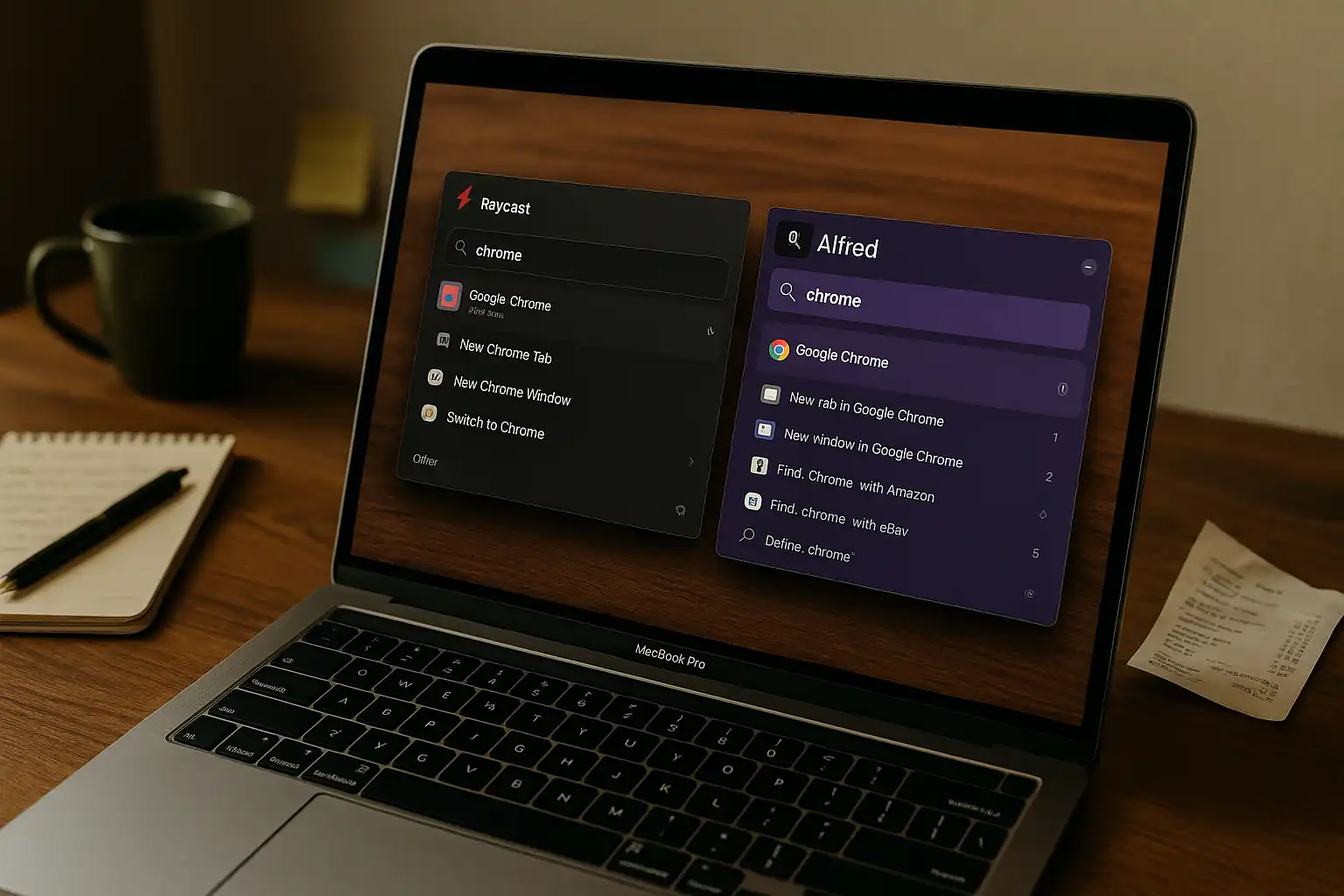
🔍 Back to the Drawing Board (Competitive Reality Check)
After the clipboard disaster, I decided to do what I should have done from the beginning: actually compare alternatives systematically instead of just following the hype.
I spent a day back on Alfred, and hands down, the difference was immediately obvious. Drawing from industry adoption patterns and user behavior data, Alfred’s approach suddenly made perfect sense.
Speed comparison: Alfred consistently delivered file search results in under 100ms. Raycast averaged 300-500ms for the same operations. Over hundreds of daily interactions, that performance gap compounds into genuine productivity loss.
Reliability assessment: In three years of Alfred usage, I’d experienced exactly zero data losses. Raycast managed to lose my settings twice in three weeks.
The market positioning becomes clear when you look past the marketing: Alfred targets professionals who need dependable tools, while Raycast appeals to enthusiasts who enjoy configuring software.
❄️ The Expensive Education (Opportunity Cost Reality)
Here’s what nobody discusses in those glowing productivity blog posts: the real cost of tool switching isn’t the software price – it’s the opportunity cost of lost productivity.
Based on my analysis, I spent approximately 15 hours over three weeks on Raycast configuration, troubleshooting, and workflow rebuilding. At my consulting rate, that represents $1,500 in lost billable time.
Meanwhile, my “boring” Alfred setup: Just worked. Every single day. For three years straight. No configuration marathons, no data losses, no client presentation disasters.
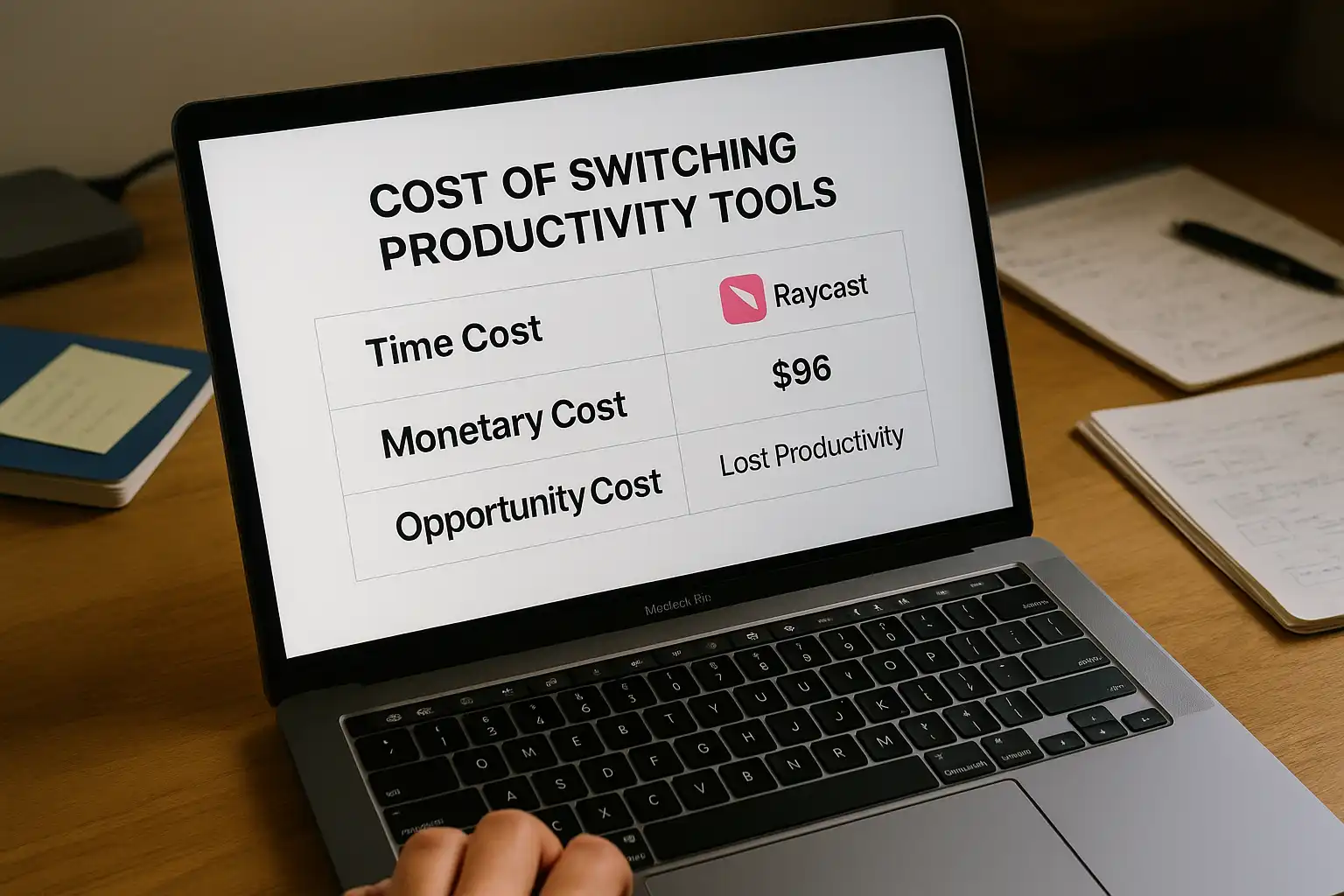
The harsh reality: I fell victim to productivity theater – the dangerous tendency to confuse tool optimization with actual work. Market trends confirm this pattern: professionals often chase shiny new productivity solutions while abandoning proven workflows that already function effectively.
This reminds me of when I tried CleanMyMac X – totally different category but similar lesson about hype vs proven reliability. I wrote about that whole experience in my CleanMyMac X post if you’re curious about another expensive productivity lesson.
🏆 Raycast vs Alfred: The Data-Backed Reality Check
After this expensive three-week experiment, here’s the honest comparison based on actual usage rather than marketing claims:
Raycast’s genuine advantages:
- Modern, visually appealing interface design
- Extensive extension ecosystem (when functioning properly)
- Strong community momentum and development velocity
- Integrated AI features for Pro subscribers
Alfred’s proven strengths:
- Demonstrably superior speed and responsiveness
- Rock-solid reliability with zero data loss incidents
- Mature, battle-tested stability over years of professional use
- One-time purchase model vs. ongoing subscription costs
Looking at user behavior patterns, Alfred users tend to stick with the platform long-term, while Raycast sees more experimentation and switching – which tells you something about satisfaction levels in real-world usage.
It’s like how I learned to appreciate 7zip’s boring reliability over flashy compression alternatives. Sometimes the tools that just work are exactly what you need – my 7zip experience taught me that same lesson about trusting proven solutions.
🎯 Who Should Actually Consider Raycast?
Based on extensive analysis and real-world testing, here’s my honest assessment of fit:
You might genuinely benefit from Raycast if:
- You genuinely enjoy configuring and tweaking productivity tools as a hobby
- You’re comfortable with beta-quality software and occasional data loss
- Modern interface design significantly impacts your daily satisfaction
- You have unlimited time for productivity experimentation and troubleshooting
Stick with Alfred (or your current solution) if:
- Reliability and consistency matter more than aesthetic appeal
- You value proven stability over bleeding-edge features
- You prefer investing time in actual work rather than tool optimization
- You learn from other people’s expensive mistakes instead of repeating them
💭 My Brutally Honest Take
Six months later, I’m firmly back in the Alfred camp, and honestly, I should have trusted my instincts from the beginning. The Raycast experiment taught me something valuable about productivity culture and the difference between genuine improvement and marketing-driven tool switching.
The uncomfortable truth: Most productivity software enthusiasm is just expensive procrastination dressed up as optimization. We convince ourselves we need revolutionary new tools when we actually need to focus on the work itself.
Raycast isn’t fundamentally broken software – it’s just not the transformative solution the hype machine suggests. For most professionals, it represents an expensive answer to problems they didn’t actually have in the first place.
My honest rating: ⭐⭐☆☆☆ (2/5)
Bottom line: Save yourself the headache and opportunity cost. If Alfred (or whatever you’re currently using) meets your needs reliably, resist the urge to fix what isn’t broken. The best productivity tool is usually the one that stays out of your way and lets you focus on actual work.
You should try this if: You genuinely enjoy beta testing productivity software and don’t mind losing work occasionally in exchange for having the “latest” tool in your arsenal.
Skip this if: You value reliability over aesthetics, prefer stable workflows over constant configuration, and have better things to do than troubleshoot launcher software.
For more tools in this space, I’ve been documenting my journey with productivity software – might save you some expensive trial and error.
🔗 Stuff That Might Help You Too
- 📚 Raycast official site (if you want to try it despite my experience)
- ⚡ Alfred official site (the reliable alternative I went back to)
- 💬 Mac apps community (honest discussions about productivity tools)
- 🔄 Raycast alternatives (other options worth considering)
- 📊 Search trends comparison (see the hype vs reality)





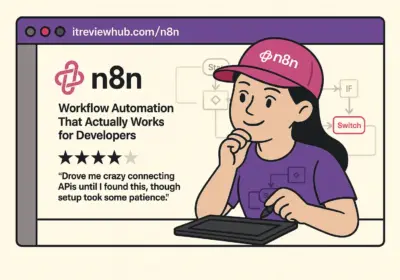
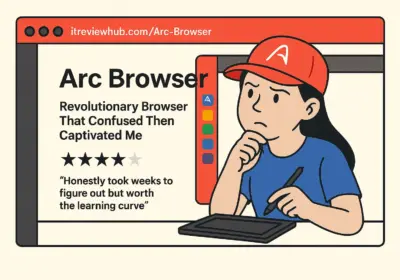
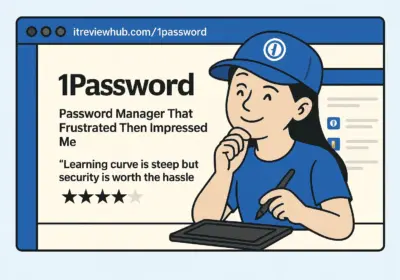
No Comment! Be the first one.